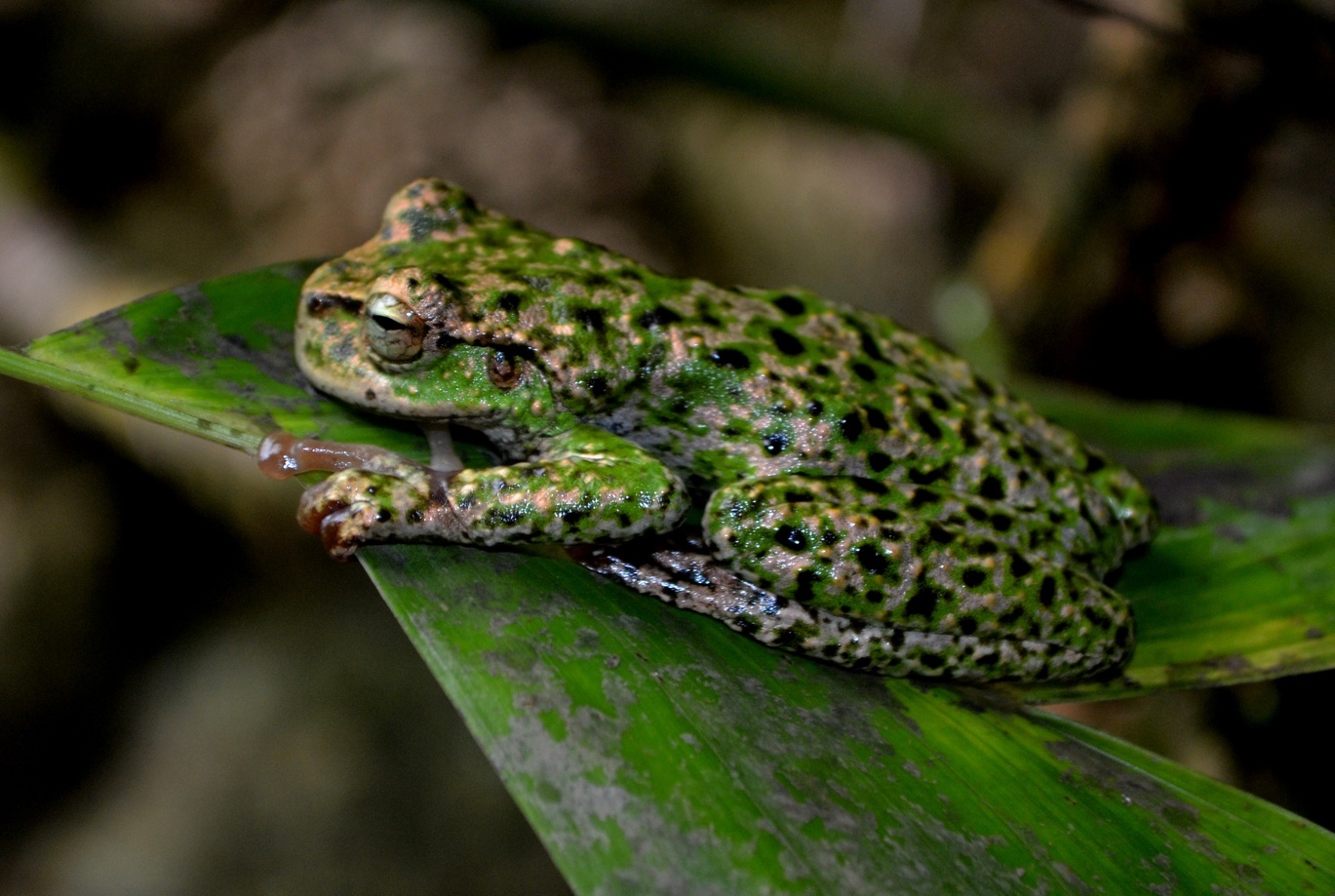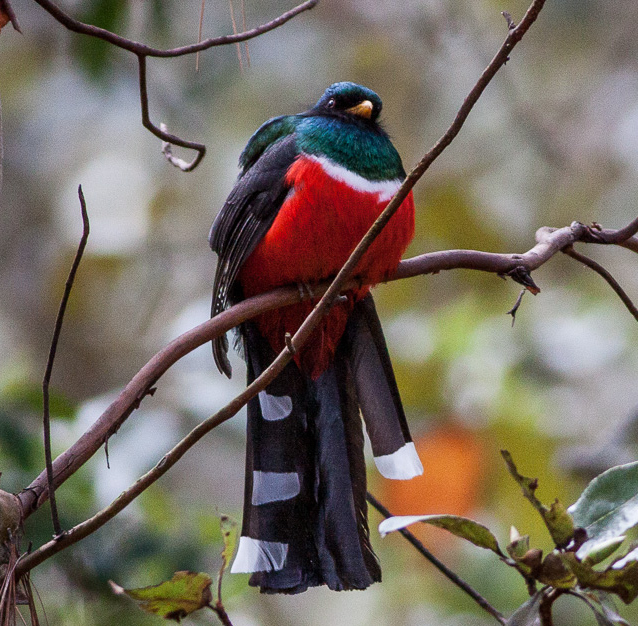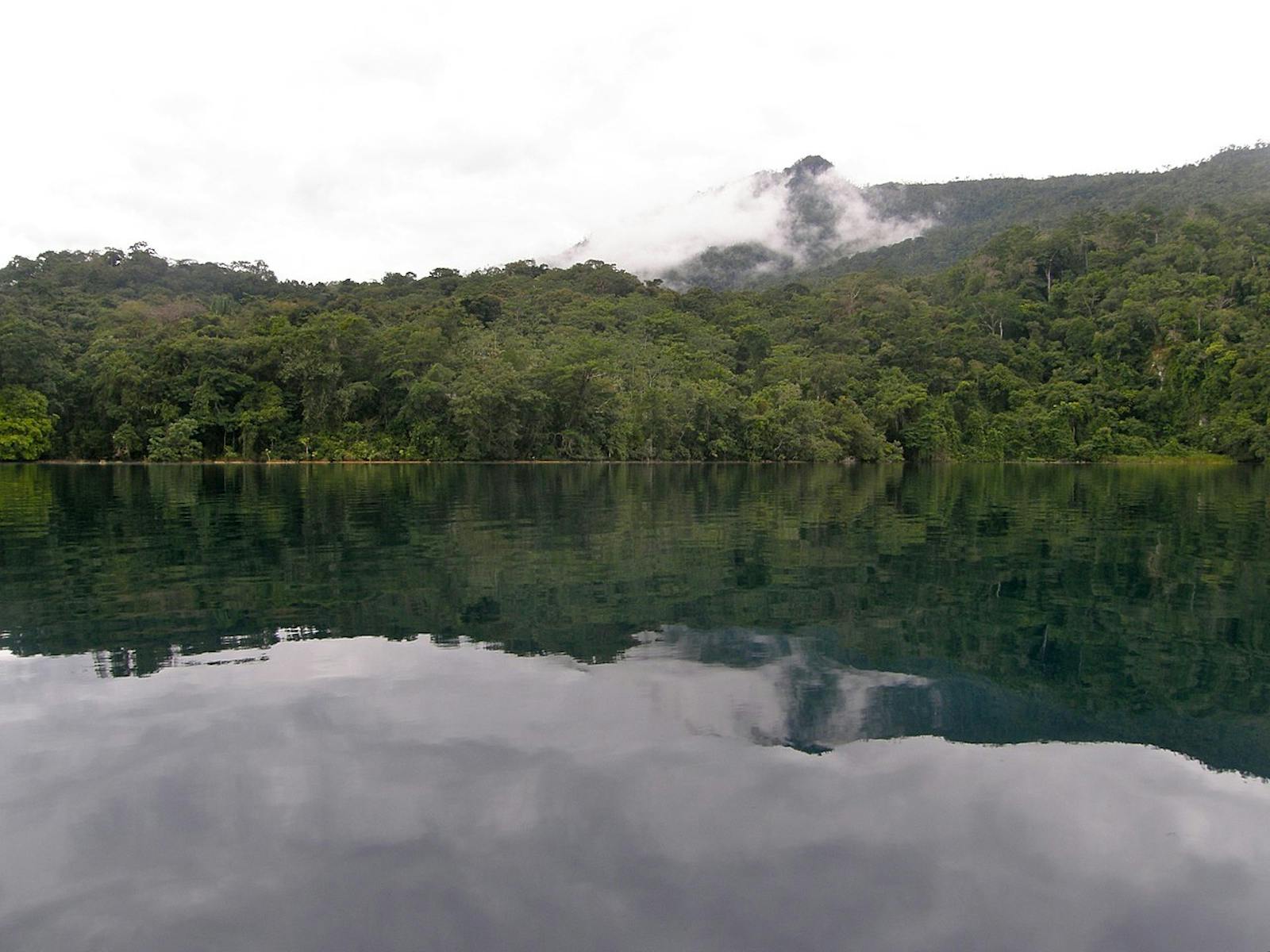Chiapas Montane Forests
The ecoregion’s land area is provided in units of 1,000 hectares. The protection goal is the Global Safety Net (GSN1) area for the given ecoregion. The protection level indicates the percentage of the GSN goal that is currently protected on a scale of 0-10.
Bioregion: Central American Mixed Forests (NT25)
Realm: Central America
Ecoregion Size (1000 ha):
579
Ecoregion ID:
452
Conservation Target:
79%
Protection Level:
1
States: Mexico
The critically endangered Sclater’s shrew is endemic to the Chiapas montane forests ecoregion, only known from two mountaintops in Mexico. For its small size it is a voracious carnivore and spends much of its time hunting and eating to feed its high metabolism, as they rummage through the leaf litter and moss of the cloud forest looking for worms, slugs, and bugs as well as small frogs and lizards. Sclater’s shrew is named in honor of Dr. Philip Sclater, who was secretary of the Zoological Society of London in 1897.

The flagship species of the Chiapas Montane Forests ecoregion is the thorny spikethumb frog. Image credit: Daniel Pineda Vera, Creative Commons
The Chiapas Montane Forest is located in the state of Chiapas, Mexico, on the northeast mountain range, with elevations from 1,200-2,200 m. It is formed by dispersed limestone of the Cretaceous period. The climate is temperate-humid, with abundant rainy season. Humidity levels are high, and mist is almost always present, with the highest annual precipitation (4,000–5,000 mm) occurring in here. These Montane forests occur on mountain slopes and occupy vast extensions of steep terrain, where they are exposed to strong winds that favor high levels of humidity and precipitation.
The soils are deep and with high content of organic matter. American sweetgum is the most representative of the Chiapas Montane Forest. Cletra, oak, and sour gum are also common trees, reaching heights of 40 m. Due to the high levels of humidity, epiphytes are well represented in this forest, with abundant lichens, moss, and many kinds of fungi grow on both the soil or on trees. However, herbaceous elements are scarce in these forests.

Mountain Trogon. Image credit: Creative Commons
The most extensive and intact montane forests of Mexico grow side by side to the largest intact area of moist forests in Mexico, which thus increases overall species richness and biodiversity in the area. Both forests are host to 28.4% of the mammals of Mexico, 31.8% of the birds, 11.7% of the reptiles, and 8.8% of the amphibians, in which the Lacandonian forest (SE Mexico) is considered richest in the number of bird species, at 340 species. Many rare and endemic species like the jaguar, howler monkey, peccary, and the great curassow have moved to the montane forests of Chiapas in search of a last refuge, after having been displaced by deforestation of the moist forests.
The montane forests of Chiapas also house many rare species whose northernmost limit of distribution lies precisely in this region. Levels of endemism are high where at least 31 species out of 50 endemic vertebrates of Chiapas inhabiting these montane forests exclusively, highlight their significance to biological conservation.

Jaguar. Image credit: Charles J Sharp, Creative Commons
The Chiapas montane forests now occupy several isolated fragments of land in the mountains of northeast Chiapas. Despite being small, these constitute some of the few fragments of intact vegetation in the state. Of 16 isolated spots of intact montane forest in Chiapas, only three are protected to date, and the other 13 have not even been proposed as protected areas.
Human immigration has led to changes in land use that affect the habitat and the species that depend on it. Human settlement in and around the area seriously threatens the survival of many species, as the lack of proper management plans in place that take the forests into consideration. Additionally, road openings and oil exploitation have contributed to the enormous increase of deforestation rates, which are the highest in Mexico.
Loss of vegetation coverage reduces the forests’ regulatory capacity on climatic factors. This problem is especially important in Chiapas because it comprises one of the largest water supplies of Mexico, the Usumacinta River. Given the reduced representation of montane forests in Mexico, it is probable that their continuous exploitation will inevitably lead to a irrecoverable loss of biodiversity and species extinction.
Therefore, the priority conservation actions in the next decade are to: 1) begin moving the region towards a green economy embracing sustainable development; 2) improve planning and construction of highways, roads, and other infrastructure to reduce environmental impacts; and 3) limit the expansion of oil exploration.
Citations
1. Valero, A., J. Schipper, T. Allnutt. 2018. Mexico: Oaxaca and Chiapas. https://www.worldwildlife.org/ecoregions/nt0114. 4 July 2018.
2. Challenger, A. 1998. Utilización y conservación de los ecosistemas terrestres de México. Pasado, presente y futuro. Conabio, IBUNAM y Agrupación Sierra Madre, México.
3. González-García, F. 1993. Avifauna de la Reserva de la Biósfera Montes Azules, Selva
4. Lacandona, Chiapas, México. Acta Zoológica Mexicana 55:1-86
5. Cuarón, A.D. & de Grammont, P.C. 2018. Sorex sclateri. The IUCN Red List of Threatened Species 2018: e.T20394A22316927. Accessed June 27, 2019.



